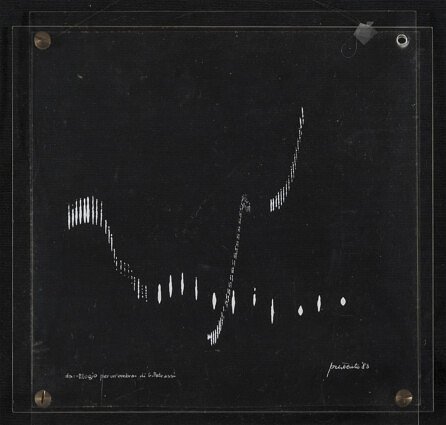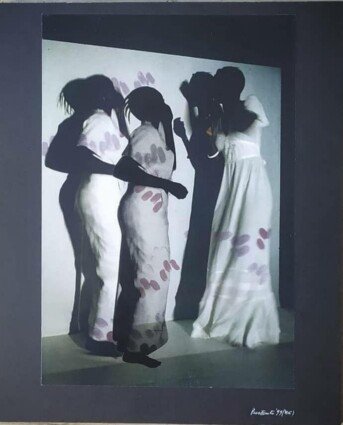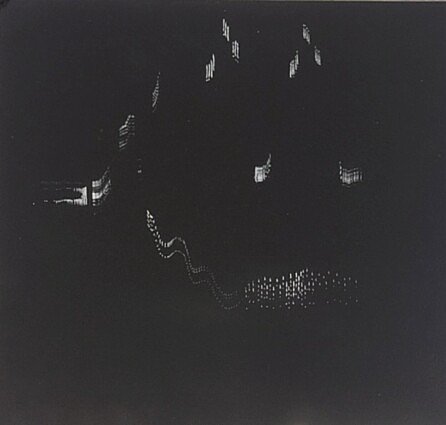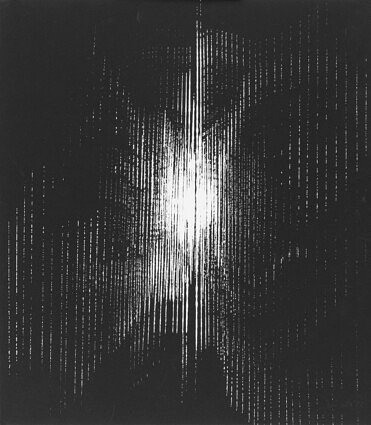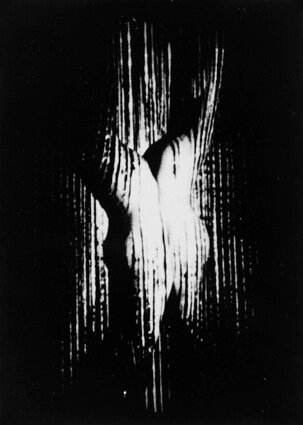Giustina
Prestento
Biography
Born in the Miteleuropean city of Gorizia, she is interested in painting at a very early age, becoming the pupil of the Futurist Tullio Crali. She studied art and architecture in Venice, the pupil of the “spatial” painter Mario Deluigi and the architect Carlo Scarpa. In Venice she became part of a circle of painters, poets and composers that included Virgilio Guidi, Emilio Vedova, and Luigi Nono, and also met Bruno Maderna, Pier Paolo Pasolini and Peggy Guggenheim. At the end of the 1970s she felt the need to create a richer and more global expressive language which would convey in a complete way the “nascent complexity” that was emerging during this period. It was this intuition that led her, in 1979, to begin her pioneering dual research into the relationship between sound and image and into image, sound and gesture and their possibilities of osmosis. She decided to try to bring together into a single global “multiple language” the three forms of expression that were already at the basis of her natural mode of expression: visual, gestural and vocal expression. In 1991 she represented Italy, with a series of these opuses, at the XXI Biennial of São Paulo in Brazil. She has also devoted herself to the composition of Montages and Artist’s Books. She has held numerous exhibitions and performances in Italy, Europe, North and South America, Japan and Australia. Her most significant exhibitions include: 1979: Rome, Museo di Roma in Trastevere; 1985: Tokyo, Ginza Gallery; 1989: Ithaca, Cornell University, N.Y.; 1991: XXI Biennial of São Paulo in Brazil, Performing Arts and Special Events section (personal room): 1991: São Paulo FAAP University; 1999: Duino, United World College; 2000: Rome, Centro Studi Americani e Discoteca di Stato; 2002: Siena, Scuola di Specializzazione in Storia dell’Arte dell’Università degli Studi. In 1994 she took part in the XXIl Biennial of São Paulo, and in 1995 in the XIVI Biennale of Venice. She has held seminars in universities in Italy, Brazil and the United States.
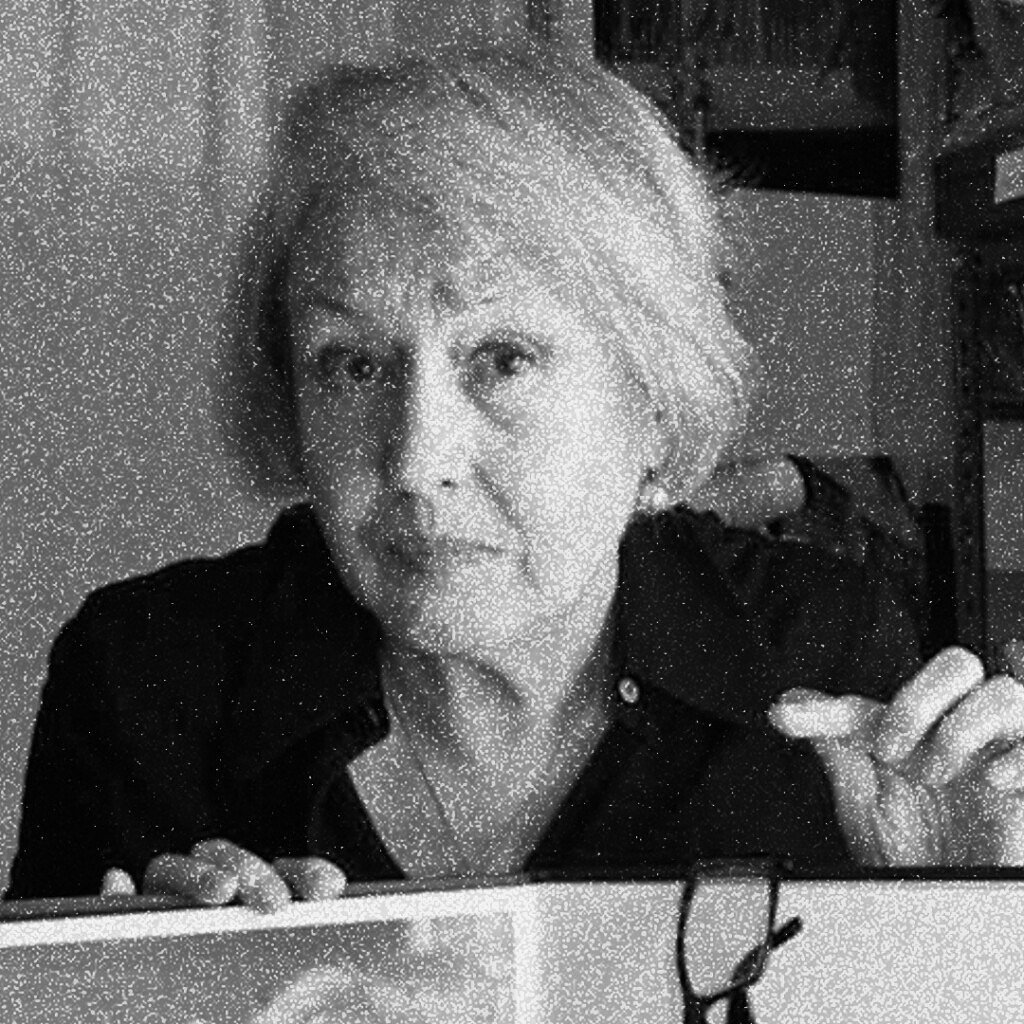
Critical test
“Giustina Prestento is first and foremost a performance artist. She developed her choreographic and pantomimic language through continual contact with contemporary music (Berio, Nono Petrassi etc). However, she is most remembered for her pictorial and graphic work. Prestento creates her drawings or paintings using codified sign language, a kind of cheironomic transcript or neumes which appear to recover original marginal notations in a musical script. The signs mimic musical movement, melodies or simply a single chord or rhythmic sequence.
All of Prestento’s work hinges on the contrast between music and the graphic representation of sounds. The abstract or informal aspect of her signs permeate from a kind of scripture that is already symbolic and devoid of grammar, in that it refers to an arbitrary musical notation and not a codified alphabet. The result is a colorless score of aleatory music, gestures, tingles, and musical vibrations for the eyes. A picture can consist of a single gesture, such as the twisting of an ascending musical scale or an arpeggio. This aesthetic result is by far the most original and productive of her work.”
_Gianni Garrera
